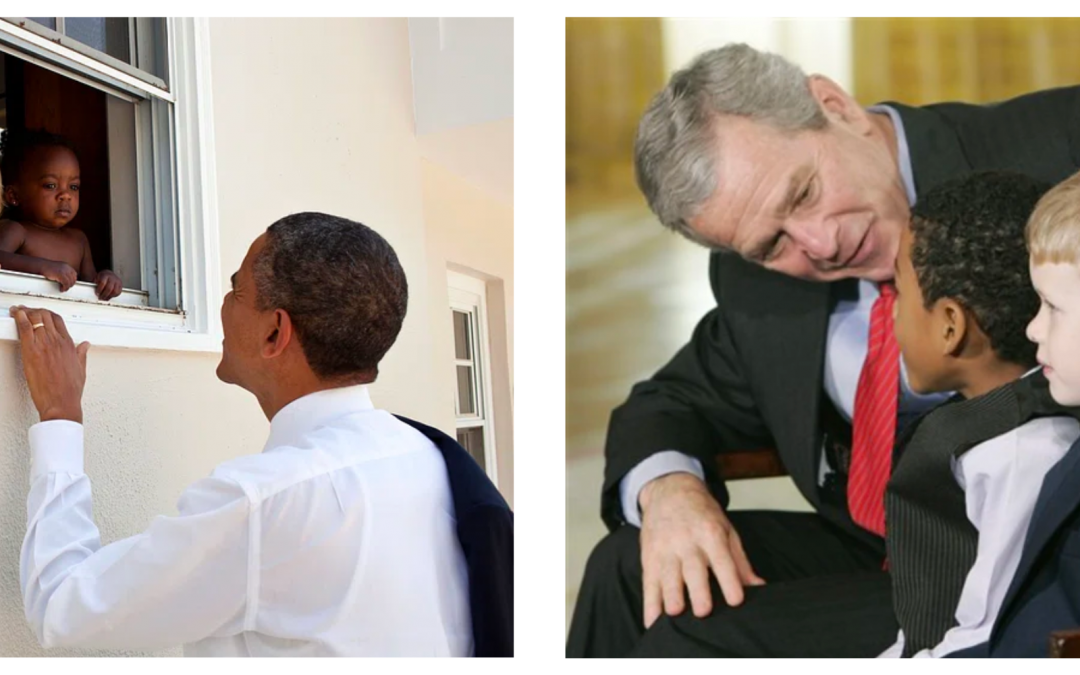
Habits of the Heart: Terumah 5784
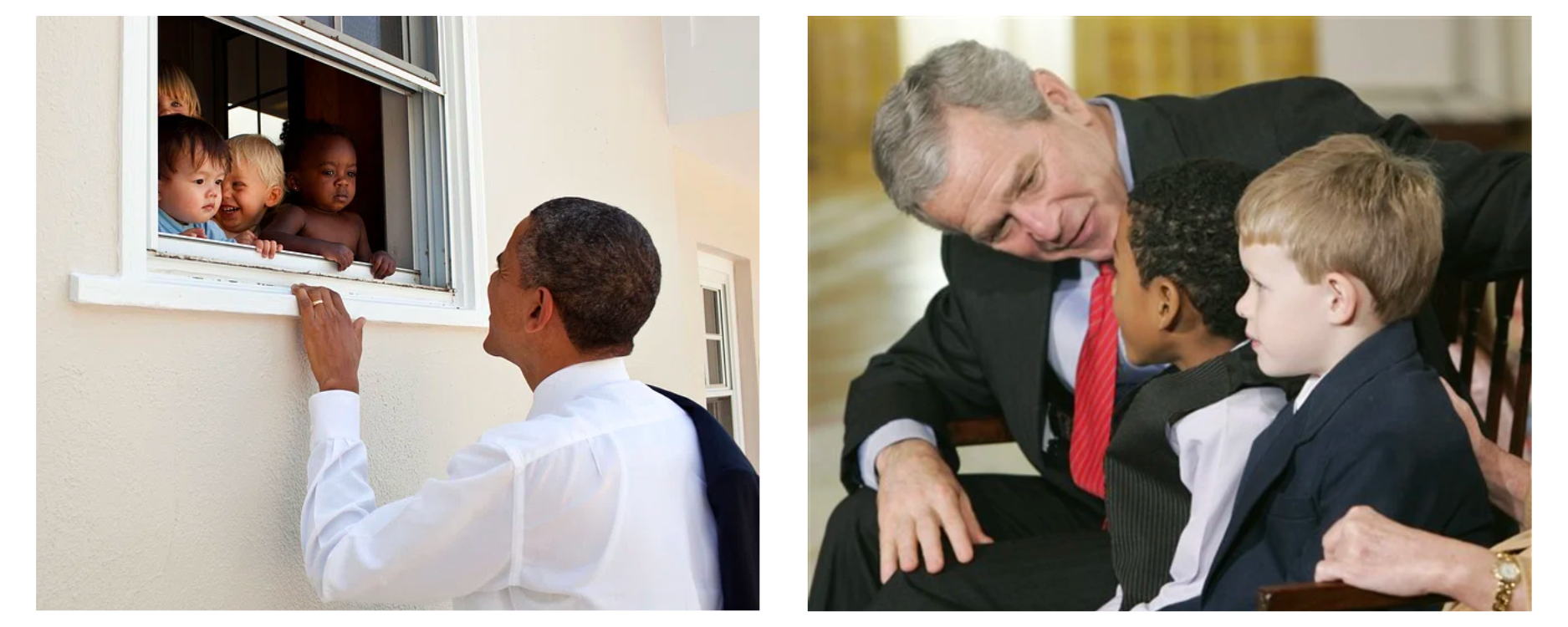


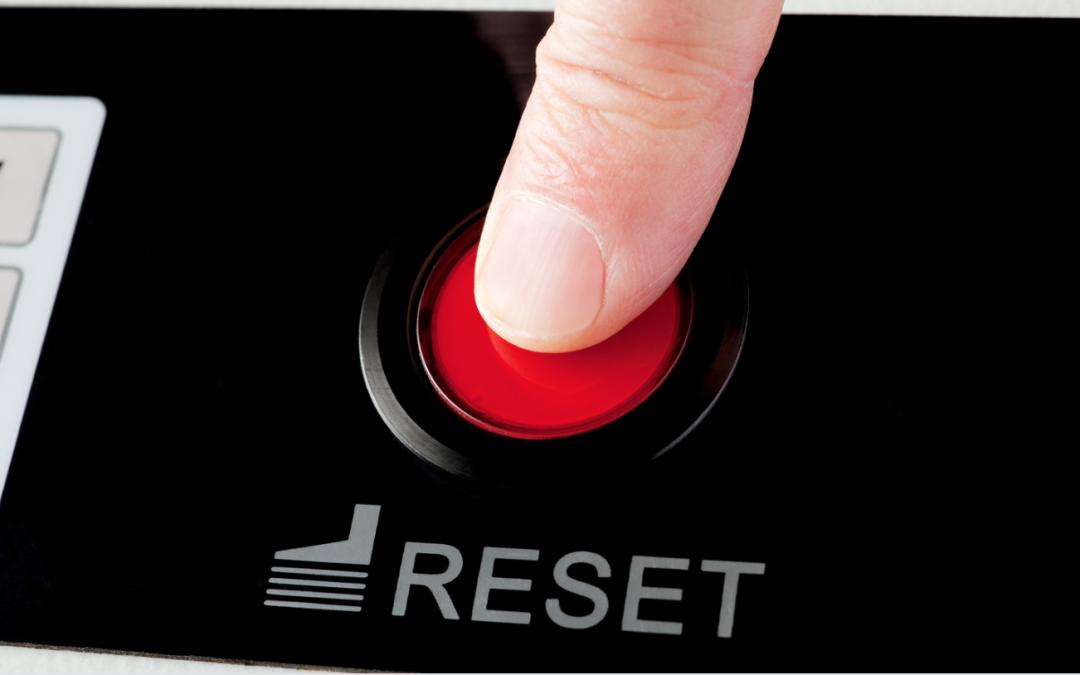

As I’m regularly privileged to do, I spent part of this first week of February with 50 rabbis and cantors, some of the 530 alumni of our IJS clergy cohort programs, during our annual Hevraya retreat in Simi Valley, California. First and foremost: We were all okay with the weather. Thankfully, the American Jewish University’s Brandeis-Bardin Campus, where we have long held this retreat, is at a high enough elevation to avoid major flooding. While there were some travel delays, everyone arrived safely. And given all that these spiritual leaders have been holding for themselves and their communities in recent months, it didn’t take long for the weather to become an afterthought.
During this retreat, I found myself reflecting on a talk I listened to recently by one of my favorite teachers, Gil Fronsdal, about the meaning of “retreat.” Gil suggested that the word is a bit of a misnomer, because the label “retreat” suggests that the experience is a pulling back from what’s normal: Our normal world is full of hustle and bustle, but on retreat we do something different, live at a slower rhythm, engage more deeply with ourselves and the world. And while that’s true, Gil suggested that a better label might be “return”–because the truth is that our actual normal is that slower, deeper reality. It’s the fast-paced, surface-level life before and after the “retreat” that we should see as the unusual setting. When we go on retreat, we’re really returning to our truest nature.
The rabbi in me was immediately drawn to this notion of return as teshuva. Every year during Elul and Tishrei, we make a special effort to return, as it were, to our factory settings: to reconnect with what we know to be our deeper nature, the go back to the intentions we know we really have. Throughout that intense period of teshuva, it can feel like we’re on a kind of retreat, and at the end of it we’re remade and reborn.
Yet we don’t have to wait for Tishrei, as evidenced by the retreat/return we held for those spiritual leaders this week. For so many of them, this time has become a sacred period of reconnection, renewal, and rebirth. It’s truly one of my greatest honors and joys that these holy souls trust us to create and hold the container for them to do that returning.
At morning services on Tuesday, Rabbi Hannah Dresner, one of our wonderful alumni, shared a beautiful teaching about Parashat Mishpatim from the Hasidic master Rabbi Yehudah Leib Alter of Ger’s Sefat Emet (Terumah, 1895). At the end of the Torah portion, Moses ascends into the mountain, where he will stay for 40 days and 40 nights while he receives the Torah. The Sefat Emet picks up on the number of 40 days, which in the mind of the Talmudic sages is the same amount of time it takes after conception for a fetus to be formed in the womb. Putting the two ideas together, he teaches that during his sojourn on the mountain (which was enveloped in cloud, suggesting to the midrashic imagination a womb-like experience), Moses “received an entirely new form”–that is, he was literally transformed, renewed, reborn. And further, through the study of Torah, all of us have a share in Moses’s experience–we can experience our own renewal and transformation too.
I wonder if we might understand this transformation and renewal as of a piece with the return we experience on retreat or during the fall holidays. I wonder if we might think of it as available to us not only through those intensive experiences but even on a weekly basis (Shabbat) and a daily or even moment to moment basis through our mindful return to our intention. As we say in our liturgy, the Divine “renews creation each day.” Likewise, we can, through our practices, experience that renewal, that return to our factory settings, in every time and place.


In some of my recent morning meditation sits, I’ve noticed a feeling of sadness and grief arising. Yes, of course, there’s plenty of cause for sadness and grief in the world and amongst the Jewish people. But this grieving was coming up from a different place. It’s some anticipatory grieving around a subtle but significant shift in the life stage my wife and I are going through as our middle child prepares to graduate high school and leave home.
In one of those mysterious poetic rhymes in which life can sometimes speak, my children–21, 18, and 11–have almost precisely the same spread in age as my brothers and I (I’m the youngest). And I’m finding echoes of the feelings of loss that I experienced when my two older brothers had flown the coop and it was down to just my parents and me at home. But this time, I’m approaching that point as one of the parents, aware of all the memories of these now-grown children in this house we’ve lived in for the majority of their lives. While I am happy that both my older boys are making their way in the world–and that we can still look forward to the company of our wonderful little one for a few more years–I get why there’s some grief making its presence felt. The shape of home is shifting, and that’s hard.
Home, its shape-shifting, and even the undertow of the powerful emotions surrounding it, is a theme in Parashat Yitro–though I think we sometimes have to look for it a little. But when we do, it’s right there beneath the surface. Look right at the beginning: “So Jethro, Moses’ father-in-law, took Zipporah, Moses’ wife, after she had been sent home, and her two sons—of whom one was named Gershom, that is to say, ‘I have been a stranger in a foreign land’; and the other was named Eliezer, meaning, ‘The God of my father was my help, delivering me from the sword of Pharaoh.’ Jethro, Moses’ father-in-law, brought Moses’ sons and wife to him in the wilderness, where he was encamped at the mountain of God.” (Ex. 18:3-5) Rashi, quoting the midrash, paints a scene wherein Aaron, when he first greets Moses on his way back to Egypt from the burning bush, asks him, rhetorically, “We’re already grieving so many people in Egypt; why add to the number?” So Moses sends his wife and children away–a moment, one imagines, of painful family separation, of grieving and loss, of shifting the dimensions and feelings of home.
Home is also present in the Ten Commandments: the mitzvot of honoring parents (#5), honoring marriage (#7), focusing our attention on what is present in our homes and not coveting that which is over the fence (#10)–and the ways we can imagine or have experienced the transgression of those commandments–all of these tap into the strong emotional currents surrounding the nature and shape of home.
I’m fond of saying that I think spirituality is our capacity to feel truly at home in the universe. And in this sense, perhaps the most powerful teaching about home comes not in any of these moments that I’ve mentioned, but in the mitzvah of Shabbat: “For in six days YHVH made heaven and earth and sea—and all that is in them—and then rested on the seventh day; therefore YHVH blessed the sabbath day and hallowed it.” Like the Creator, for six days we label and separate, calling things heaven or earth or sea, this name or that home, home or not-home. All that naming connotes both standing in relationship with and standing over and against the world–at home in the world, but also not fully at home in it at the same time. On Shabbat we rest from all that, from the constant work of naming and labeling and separating. We allow ourselves to feel deeply, truly at home–in the world, in our houses, in our relationships, in ourselves.
Yet Shabbat doesn’t only happen every seven days. Shabbat consciousness is actually available to us every seven hours, every seven minutes, every seven seconds. That, in many ways, is the whole point of Jewish spiritual practice. When we can cultivate it and allow it to take root and grow within us, we can respond to the shifting shapes and tones of home more wisely and graciously–because we can sense that, on the deepest levels, we’ve never really left home at all.


In a casual conversation the other day with my dear friend Marvin Israelow, our board chair at IJS and someone nearly 30 years my senior, I shared with him that one of the many blessings of my job is being in the presence of so many people who are “doing aging well.” He asked what I considered aging well. I considered his question and responded that I thought it included a few things: Getting clear on what’s really important to you, developing the ability to share that openly with loved ones, and living your life that way (and it doesn’t hurt if you’re blessed with the health and means to do so).
Marvin is an exemplar of this, as are many of the people who serve on our board and in our broader community. That’s not an accident, of course–one of our founders, Rabbi Rachel Cowan z”l co-wrote, with Dr. Linda Thal, the book Wise Aging, and for several years IJS even ran a program to train facilitators to lead groups working through the book together (and some of those groups continue to meet to this day). People at what developmental theorists call the generative stage of life more frequently tend to have the time, capacity, and interest to engage in mindfulness and spiritual practices. If you’ve ever been to our daily online meditation sit, you’ll see the proof.
One of the reasons I felt prompted to share my observation with Marvin is that my own life, like most other people’s, I expect, has been a mixed bag of examples of aging. My grandfather did aging really well–lots of hobbies and interests, travel, writing moving letters and reflections on Torah at our bnei mitzvah and weddings. My mother, his daughter, did too–singing in choirs, volunteering at the symphony, writing her own reflections, sharing directly her thoughts and feelings. My dad, however, didn’t do as well. I always felt he struggled to adjust to life after children, as we had been the center of his life for so many years. While he cared deeply about family, he often struggled to express it with ease.
That difficulty was manifest at the end of his life, as, despite my noodging for many years, my Dad didn’t get around to buying burial plots. I don’t fault him–that’s a hard thing to do, and I can totally understand how it happened. Yet it led to the scene in his final days–again, a scene which I expect many others have experienced–of me standing in the hallway outside his palliative care room on the phone with the synagogue about acquiring a spot in the cemetery.
When I shared this with Marvin, he told me that one of the great gifts his own mother had given him was, several years before her death, talking with him about her wishes for her funeral and ensuring that all the arrangements were in place. As part of her own aging well, Marvin’s mom wanted to make sure that, when the time came, her family would not be preoccupied with figuring all of these things out on the spot and could be more present with their loss and with each other. Pretty amazing.
Amidst all the hubbub of leaving Egypt, the Torah offers us the image of Moses running around looking for Joseph’s bones in order to fulfill the promise Joseph made the Israelites swear–that they would bury him in the land of Israel (Ex. 13:19). There are many beautiful midrashim on this moment, some of which draw a comparison between the box (aron) that carried Joseph and the box (aron kodesh) that carried the tablets of the Ten Commandments. Within that second aron were not only the intact tablets but the broken pieces of the first tablets that Moses smashed.
The Torah thus offers us a window into the deeply intergenerational nature of the Exodus: the commitments we make to one another that extend beyond our lifetimes; the wisdom of our ancestors we carry with us, metaphorically and, in this case, literally; the ways in which elders help to liberate their descendants and descendants help to liberate our ancestors. The Seder, of course, is a quintessentially intergenerational conversation.
But I think the larger point is that that conversation between generations is not only meant to happen once a year over the matzah, but in an ongoing process that happens in gestures large and small, day after day, moment after moment. Initiating those conversations, living with that quality of awareness and intention, is, at root, what I think it means to age well. May our practices help us do it.
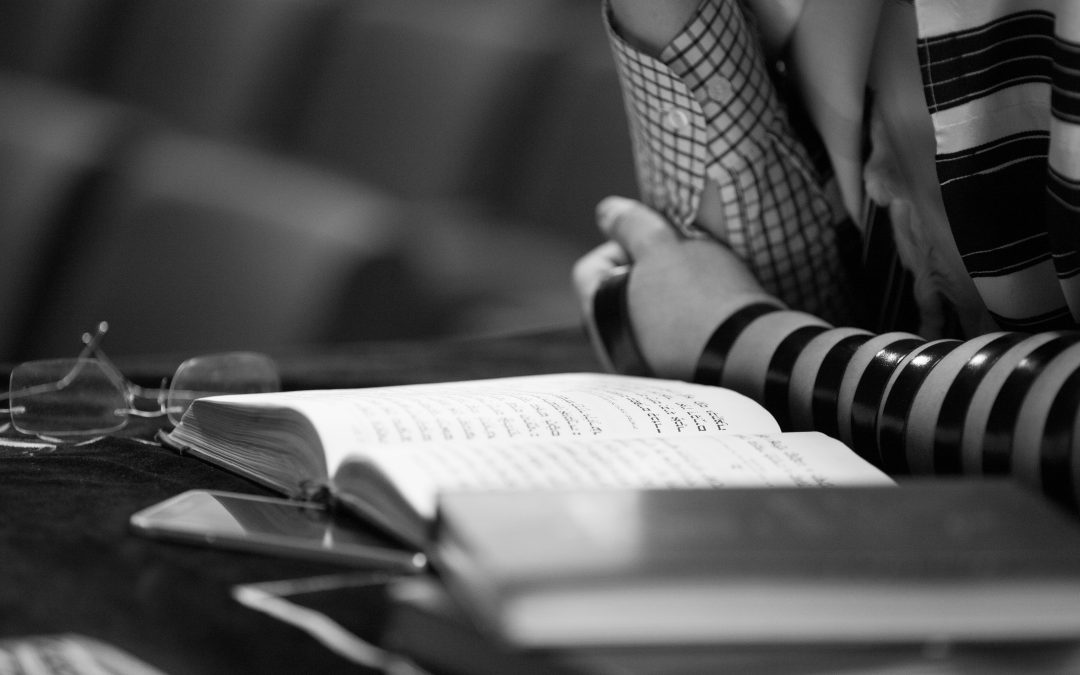

For the last decade or so, my family’s winter vacation has been a time to get together with my wife’s sister and her husband. She’s a diplomat, so they’re often stationed in interesting places (and have free housing to offer us). And when they’re not in a foreign country, we have a chance to go to other interesting places together: skiing, warm weather places, places where we can rent a house and just hang out for a week.
While we were on vacation this year in Toronto (their hometown–we made it a bit of a family reunion), my brother-in-law had occasion to be walking through a public spot when he was “tefillinned”–that is, he was approached by Chabad Hasidim who asked, “Excuse me, are you Jewish?” and when he said, “Yes,” proceeded to ask if he had put on tefillin today and, if not, would he like to do so.
This has happened to me many times before, and I imagine it may have happened to you or someone you know. (In the halakha or Jewish practice that Chabad follows, tefillin is a mitzvah to be observed only by men, so that likely affects your experience in this case.) There are whole subcultures built around stories of wrapping tefillin with Chabad shluchim (emissaries), both earnest–stories of the power of putting on tefillin for the first time, for instance–and humorous (e.g. funny rejoinders).
My brother-in-law asked a question I’ve heard many others ask too: Why tefillin in particular? There are plenty of other practices the Lubavitcher Rebbe could have chosen to further the outreach and engagement campaign he thought was so important. Why this one?
Many of the answers have to do with protection: Tefillin have traditionally been thought to serve as a kind of amulet (the infelicitous English translation, phylacteries, comes from the Greek “phulassein,” to guard–hence, for instance, prophylactic). The Rebbe launched the “Tefillin campaign” shortly before the Six Day War in 1967, a moment when many Jews sought safety in the face of impending catastrophe. Tefillin provided a valuable spiritual response.
But I think there’s a deeper significance reflected in the first mention of tefillin, which comes in Parashat Bo. It appears at the very end of the Torah portion–which has focused exclusively on the story of the Exodus and the rituals the Israelites will engage in to remember it. Tefillin are part of that commemoration, too: “And this shall serve you as a sign on your hand and as a reminder on your forehead—in order that YHVH’s teaching may be in your mouth—that with a mighty hand YHVH freed you from Egypt” (Ex. 13:9).
There’s a powerful, basic teaching present here, one that the Hasidic tradition emphasizes and that more modern liberatory approaches do as well: The Exodus from Egypt is not only an historical event, but an ongoing reality in our lives. Every moment we are confronted with constriction–in thought, in spirit, in breath. And every moment we have the potential to leave that constriction through mindful awareness and attention. That practice is a whole-body practice: It includes the sense organs of the head, the brain, the heart (where the tefillin box of the arm is meant to rest), and out into our hands and outer limbs. In every moment, with our entire bodies, we can be leaving Egypt. The tefillin, which extend from the crown of the head to the tips of the fingers, symbolize that and even make it something we can feel and touch.
Finally, I think a reason the Rebbe wisely focused on tefillin is that, despite its ubiquity in Orthodox circles, it can feel like a strange and out of reach practice for many Jews. Yet as Chabad has made clear–and as liberal movements have likewise shown through their embrace and expansion of tefillin-wearing beyond only men–tefillin can be a powerful aid in one of the most fundamental aspects of Judaism as a mindfulness practice: that, on the most intimate, personal levels, liberation is always possible, the Divine is always available. If we can practice that, with or without our tefillin on, then we are truly leaving Egypt.
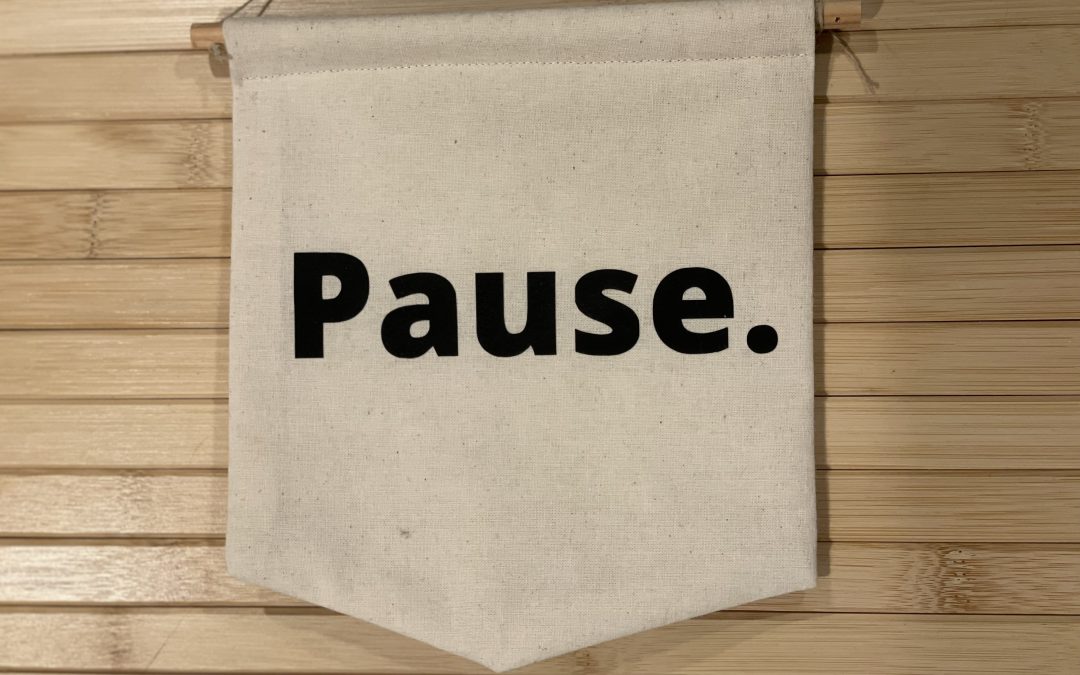
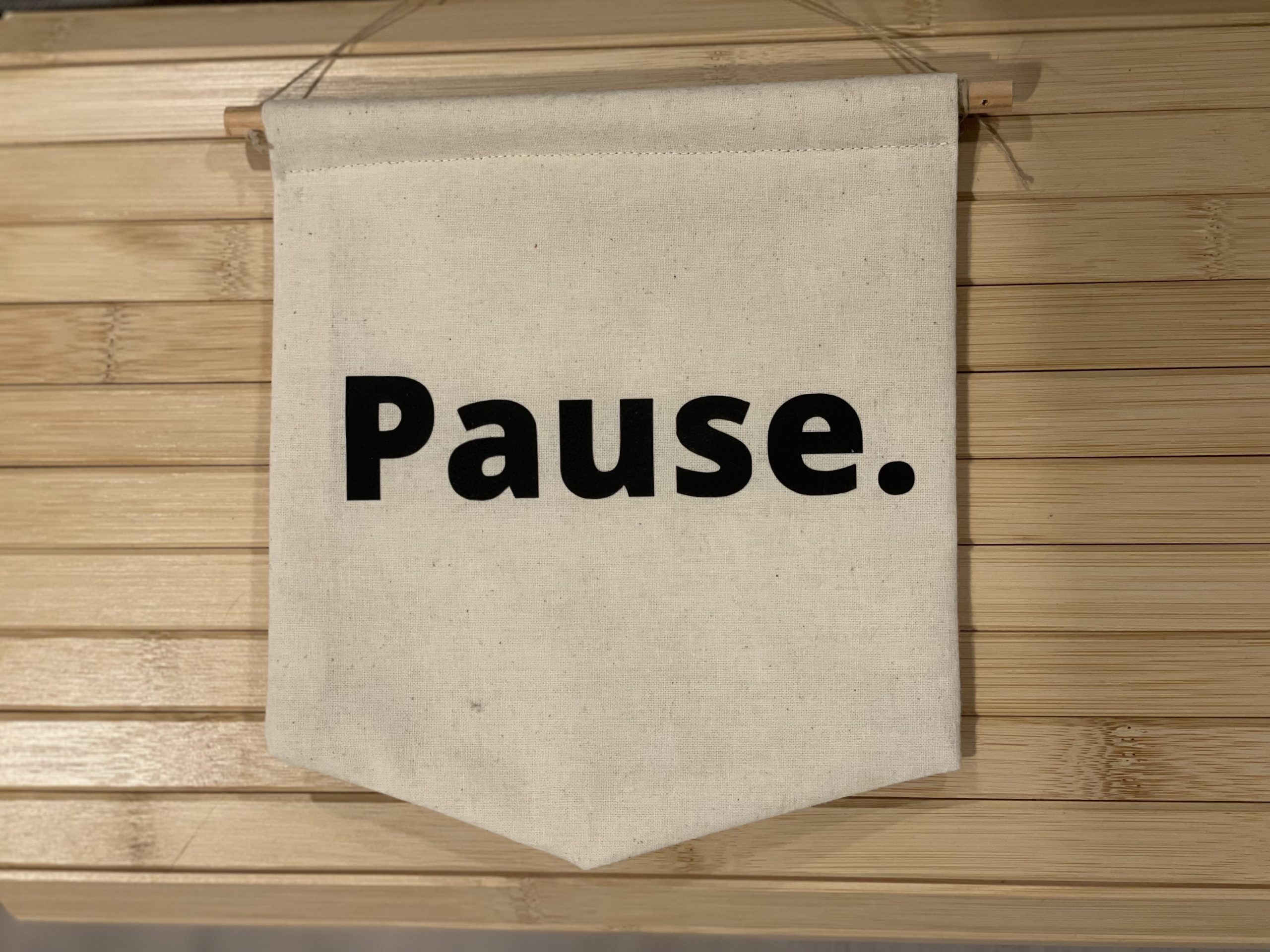
When I first started at IJS just about four years ago, one of the good pieces of advice I received was to hire an executive coach. Robin Bernstein, who had served as our interim executive director before I started, stood out to me as a perfect person to support me in that way, and thankfully she agreed to do so.
During our weekly sessions, I would share my latest ideas on this or that opportunity, and we would talk through the ins and outs of making them happen. It became a long list, and our time together was regularly marked by the challenges I faced of leading an organization through adaptation and change–on top of the challenges of pivoting and responding to the pandemic. Robin’s guidance was extraordinarily valuable during that tumultuous time.
At one point, Robin gently called my attention to my… hmm… kind of peripatetic nature, and my occasional predilection to take action before necessarily fully considering an idea. (I’ll cut myself a little slack: It was the beginning of the pandemic and I was brand new. But still, she was right.) She suggested that I might benefit from having a focus phrase in front of me to encourage me to take a beat. I went on Etsy and found a banner with the word “Pause” on it. If you’ve ever been on a zoom call with me or seen me host our Daily Sit, you’ve seen it. It’s right there, reminding me all the time to breathe, center, and take the time to choose a wise and mindful response.
In the synagogue I attend, we read the entire Torah portion every week. And one of the things that strikes me every year encountering parashat Vaera is where the pauses the reading are placed. Normally, the breaks in aliyot (Torah reading units) come at natural spots: paragraph markings or other obvious transitions. Yet in Vaera, several of the aliyot end in what feel like unnatural places. The fourth aliyah ends at Exodus 8:6, in the middle of the second plague (frogs)–and even in the middle of a sentence that Moses is speaking to Pharaoh. Likewise, the fifth aliyah creates an unnatural pause mid-plague (swarming insects) and in the middle of a sentence God is speaking when it ends at 8:18. Same with the sixth aliyah, which ends awkwardly at 9:16. Given that this isn’t the way the tradition normally does things, I’ve long wondered why our custom developed in this way.
The answer I’ve come up with is that each of these unnatural endings share something in common. Here are the three verses in question:
Ex. 8:6 (conclusion): “that you may know that there is none like YHVH our God.”
Ex. 8:18: “But on that day I will set apart the region of Goshen, where My people dwell, so that no swarms of insects shall be there, that you may know that I YHVH am in the midst of the land.”
Ex. 9:16: “Nevertheless I have spared you for this purpose: in order to show you My power, and in order that My fame may resound throughout the world.”
Rather than end in a place we might expect–say, the end of the plague–the placement of each of these verses at the end of the reading creates an unnatural pause that serves to highlights knowledge and awareness of the Holy One as the ultimate aim of the plagues and the exodus of the Israelites from Egypt. It’s as though the Torah wants to remind us that this isn’t only a story about physical or political liberation; it’s ultimately a much deeper story than even that. It’s a story about genuine freedom from oppression and suffering, which comes about when we, and all beings, can live with the awareness that, to slightly paraphrase the prophet Isaiah, the world is filled with Divine presence. If and when we can truly live with that consciousness, then no form of Mitzrayim–physical, political, or spiritual constriction–will be able to oppress anyone anymore.
To me, this is simply an elaboration on the truth that Judaism is, fundamentally, a mindfulness practice. These pauses in the Torah reading are of a piece with the pause we take weekly on Shabbat, and the pauses we take daily, hourly, and moment-by-moment, to re-ground ourselves in the reality of the Divine presence that permeates creation. Those pauses help us to respond wisely rather than reactively, to live intentionally rather than mindlessly. It takes work and commitment (and a nice sign from Etsy doesn’t hurt, either). But that’s precisely why we are here, for ourselves and one another.